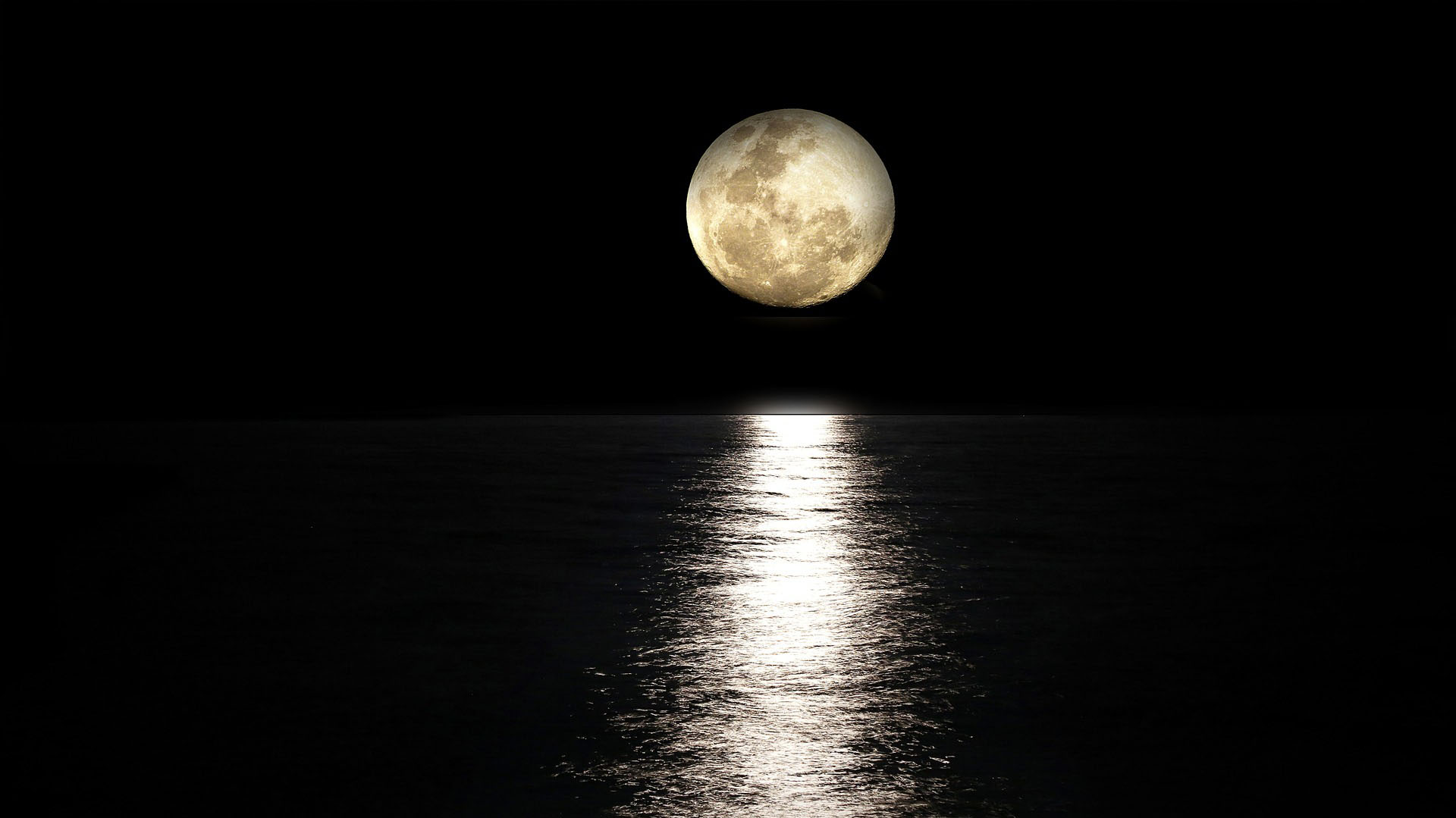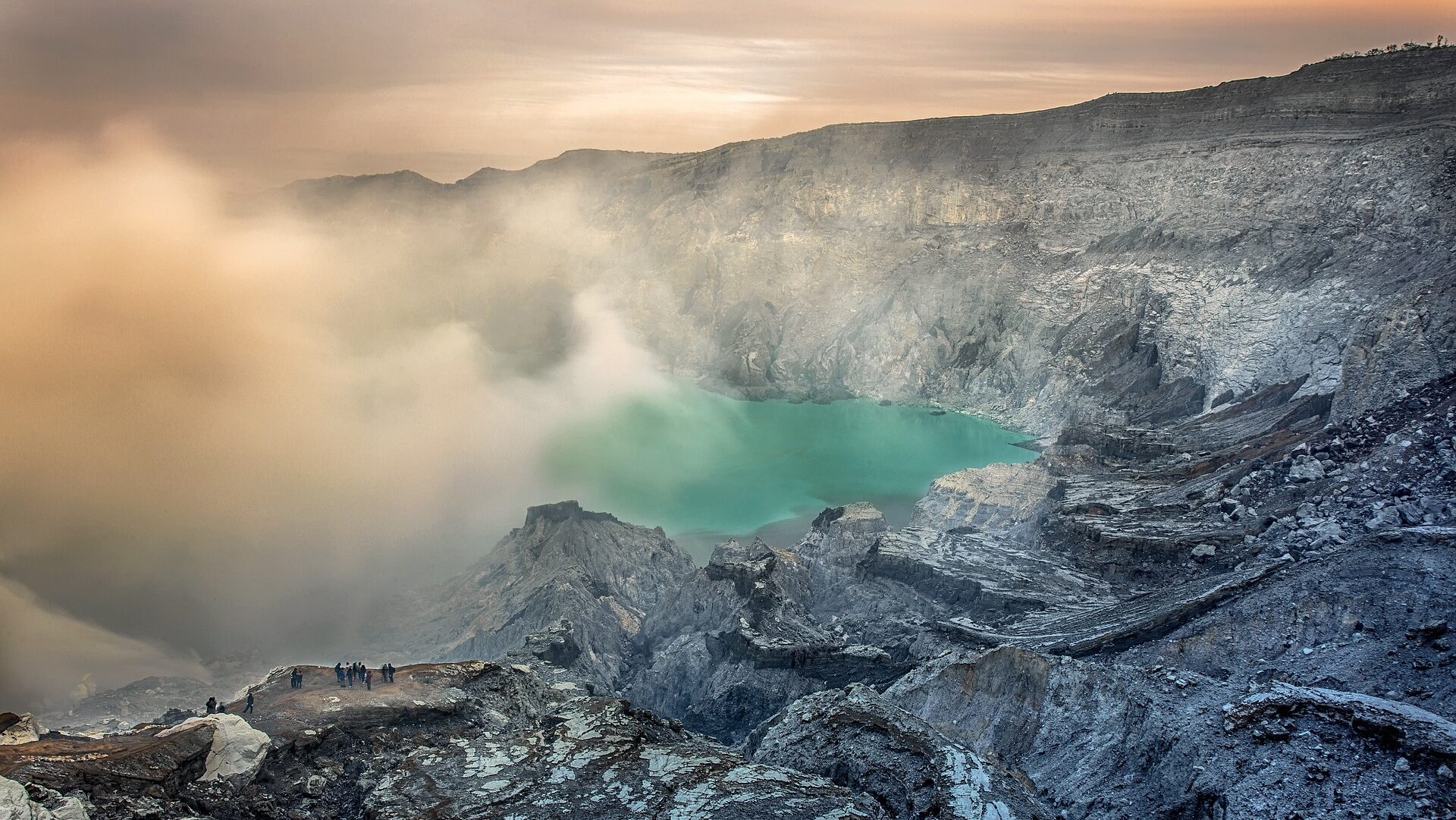Reading Time – 6 Minutes, Difficulty Level 1/5
Moonlight captivates with its celestial glow and ever-changing phases. More than just a symbol of romance or muse for poets, moonlight offers tangible scientific insights into Earth’s nearest cosmic companion. Here at The Average Scientist we have been doing a lot of outreach work related to the Moon over the past few weeks, with more to come and over that time I’m quite often asked ‘what exactly is moonlight?’ That inspired me to write this article, which delves into the multifaceted science behind moonlight, from its origins and composition to its impacts on life and what it reveals about the lunar landscape itself.
What Causes Moonlight to Occur?
Moonlight arises from sunlight reflecting off the lunar surface. The moon orbits Earth approximately every 27.3 days, passing through familiar phases from new moon to full moon and back again. These phases result from the moon’s changing position in relation to Earth and the sun.
When the moon is full, its Earth-facing side receives direct sunlight and reflects about 12% back, creating moonlight. The lunar surface only reflects such a small percentage because it is quite dark – the moon’s regolith of loose dust, rocks and debris has an average albedo or reflectance of just 12-15%.
During a new moon, the side facing Earth remains completely dark. At first and last quarter phases, half the lunar disk appears illuminated. Waxing and waning phases generate crescent shapes as sunlight strikes at an angle.
How Does the Composition of Moonlight Compare to Sunlight?
Moonlight consists of visible light with a small portion of ultraviolet rays. Its spectral composition is similar to direct sunlight but contains a slightly higher proportion of red wavelengths. This subtle red-shift arises because the lunar surface preferentially scatters blue light, leaving mainly long wavelength red light to reflect off rock particles and reach Earth.
During a total lunar eclipse, Earth’s shadow falls on the moon, causing it to dim and often take on a reddish hue. This blood-red colour results from sunlight refracting through Earth’s atmosphere to reach the lunar surface. Dust and atmospheric particulates effectively filter out shorter blue wavelengths, leaving the long wavelength red end of the spectrum to illuminate the eclipsed moon.
Biological and Evolutionary Effects of Moonlight on Earth
Moonlight affects predator-prey interactions by enabling nocturnal hunting and foraging. Many organisms across the planet experience biological cycles connected to the lunar phases. For example, certain animals breed or migrate based on monthly, seasonal or annual changes in moonlight levels.
Humans have also long associated the full moon with erratic behaviors, mental health issues and sleep problems. While rigorous scientific studies show little correlation between the lunar cycle and human biology or crime rates, hospital admissions for injuries have been found to increase around the full moon. This likely relates to higher nighttime visibility and subsequent elevated activity levels.
The moon’s gravitational pull drives the ocean’s tides, not moonlight itself. However, bright moonlight facilitates intertidal foraging, affecting ecological communities. Moonlight also structures microenvironments on the forest floor, influencing countless organisms during the night. Its diffuse light triggers biological responses across the tree of life.
Studying the Lunar Landscape Using Moonlight
Crater rays, mountains and other lunar features cast shadows and emerge from darkness when sunlight strikes at low angles. This effect enables studying the moon’s surface when parts are in darkness through the shaded relief revealed. Surface colour and roughness become apparent using both sunlight and skimming moonlight.
NASA uses laser altimeters to precisely map lunar topography by measuring how long it takes light pulses to travel to the surface and back. This Light Detection and Ranging (LiDAR) method generates highly detailed 3D terrain models used in planning missions and identifying safe landing sites.
Moonlight Compositional Analysis Offers Clues to the Moon’s Origin
Chemical analysis of the light reflected from the lunar surface yields insights into regolith composition. This offers clues to the geologic history and origins of Earth’s moon. NASA’s Lunar Reconnaissance Orbiter identified water molecules locked in soils, identified minerals, and probed the physics of how light interacts with the lunar surface.
Each phase of moonlight presents opportunities to decipher the moon’s makeup and relationship with our planet through time. Ongoing lunar studies continue investigating open questions around the moon’s formation and co-evolution with life on Earth.
Outstanding Questions in Selenology (the Study of the Moon)
Several enduring mysteries persist concerning the moon’s evolution and geology:
•Precisely determining the complicated sequence of events that formed the moon approximately 4.5 billion years ago remains an area of active research. The collision of a Mars-sized protoplanet with early Earth is the leading hypothesis..
• Do lunar lava tubes and caves offer protected environments potentially harboring water ice or other volatile materials? Thermal mapping and radar data offers clues.
• Dating surface features and samples will refine models over the moon’s geological history and periods of active volcanism. Accessing unaltered material is key.
• Explaining the lunar maria mascons – mass concentrations of dense materials making gravity field anomalies – relies on better understanding lunar mantle dynamics.
Moonlight across the Electromagnetic Spectrum
Visible moonlight represents just a slim fraction of the broader electromagnetic radiation reflected from the lunar surface. Shorter wavelength X-rays, gamma and ultraviolet light, as well as longer infrared and radio waves, all carry more information about the moon’s composition and structure.
NASA’s Lunar Reconnaissance Orbiter and India’s Chandrayaan-1 spacecraft mapped lunar hydration using non-visible reflected light. Such observations advance understanding of how the lunar surface formed and evolved over aeons exposed to space.
Beyond folklore and poetry, moonlight provides tangible scientific value for deciphering Earth’s celestial companion. Tidally locked and airless, yet dynamic, the moon showcases cosmic history spanning billions of years. Modern selenology harnesses century of progress across physics and space exploration in seeking to illuminate the moon’s remaining secrets.
Each lunar phase and corresponding play of light across the ancient, darkened surface offers opportunities to study our planet’s only permanent natural satellite. As an enduring symbol across cultures, the moon remains of enduring fascination and beauty no matter the phase its face displays to humans far below.
I’m the founder of The Average Scientist and also an Astrophysicist, a passionate Science Communicator and elected Fellow of the Royal Astronomical Society.
I regularly speak at various events, including our TAS Talks and theatre shows on subjects such as Astrophysics, Planetary Science and the Evolution of the Universe.








